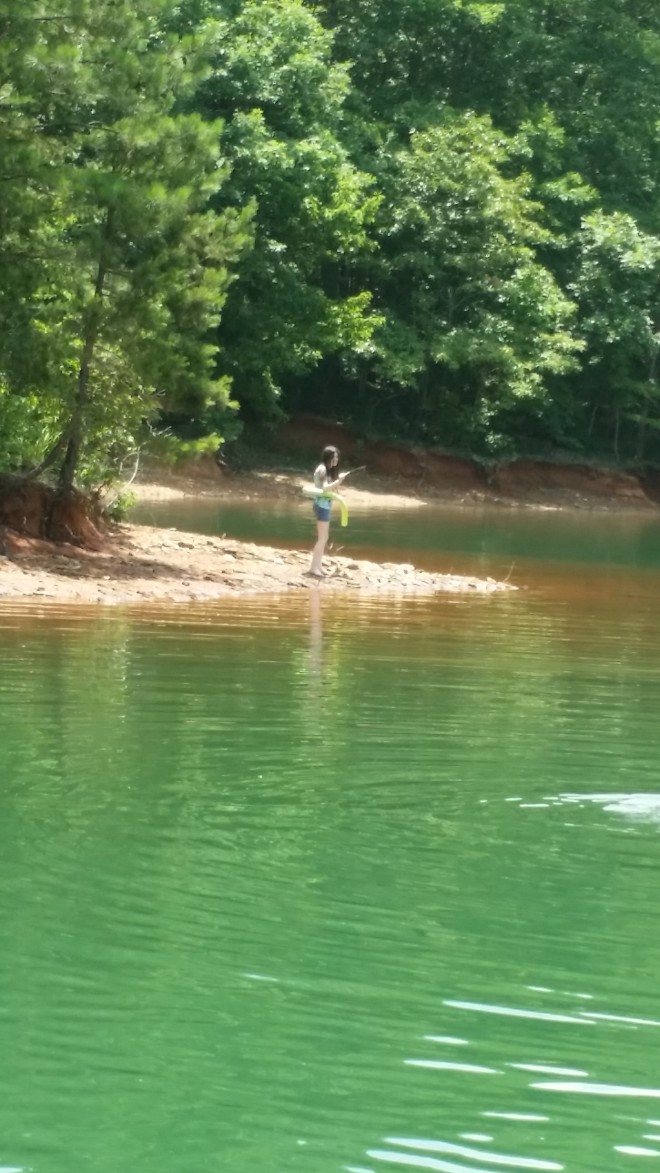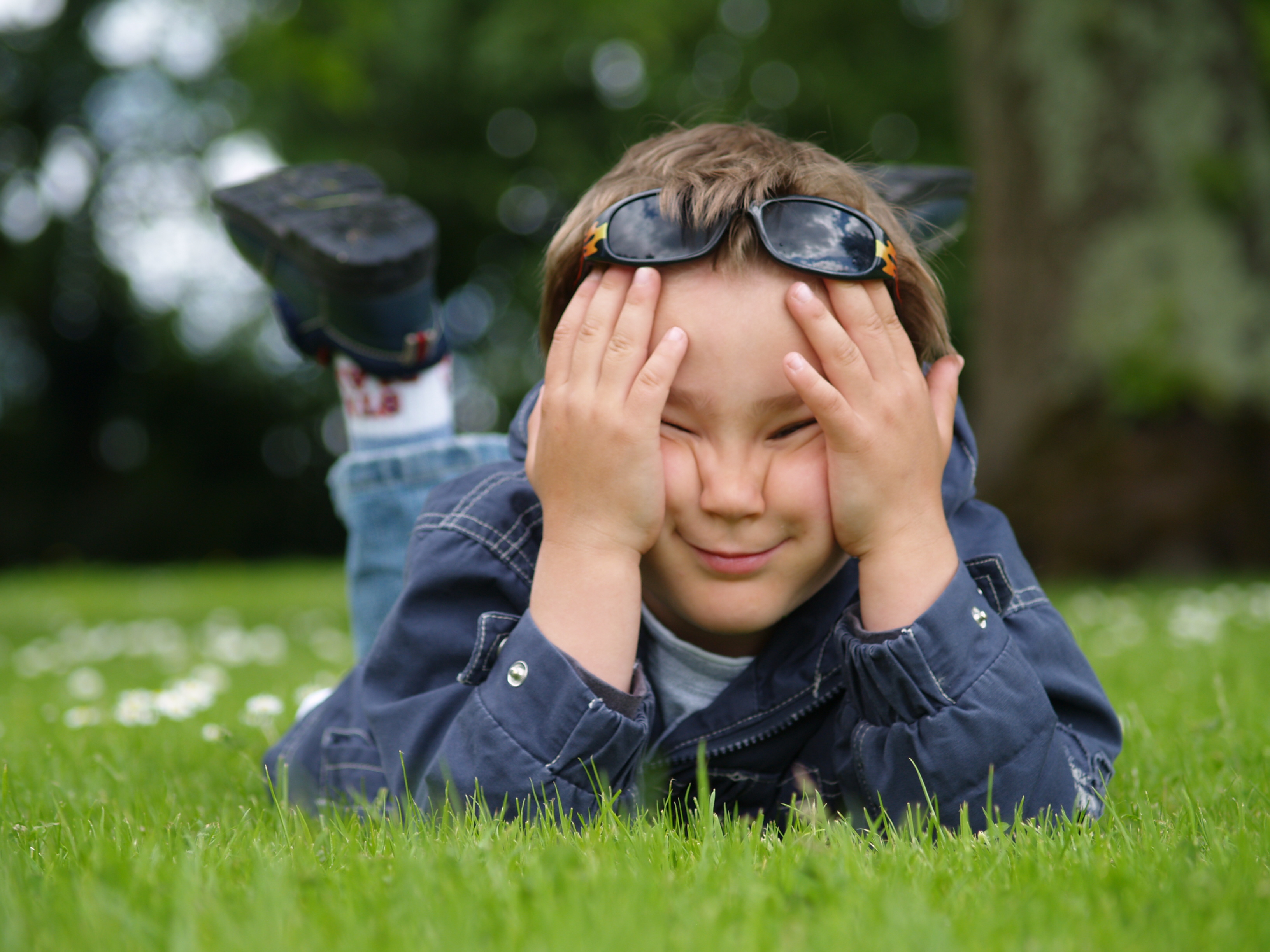 In my Autism Training courses I teach parents and emergency responders to search water first if a person with Autism goes missing. This includes rivers, pools, lakes, ponds, and even fountains. 91% of deaths of children with Autism are due to drowning.
In my Autism Training courses I teach parents and emergency responders to search water first if a person with Autism goes missing. This includes rivers, pools, lakes, ponds, and even fountains. 91% of deaths of children with Autism are due to drowning.
These are scary statistics. I have a wanderer. When he was three we went to visit family in Florida and he figured out how to unlock all the doors and gates that led to the pool in the back yard. In a flash he was gone and in the water.
My son used to spend hours in the tub and could often be found playing with the hose in the front yard. Toddler time at the neighborhood pool always consisted of him trying to break free of my arms and just GO. It didn’t matter where he was going, he just had to go. Slippery babies are hard to contain as it is!
So, yes, I know that children with Autism are often drawn to pools and other bodies of water. But why? Experts said they find them beautiful and are fascinated by the way light sparkles on the water.
The Autism Society of the Heartland’s Executive Director offers that, “Water is a fixation for them because when they get in the water, it’s like a big hug and it wraps around them. And it can relax them and help with some of those sensory issues that they might have.”
That is consistent with the feedback I hear from many families and children I have worked with, including my own child. It is a soothing escape from the whirlwind of sensory input that often overwhelms them. Unfortunately, an Autistic child’s fascination with water is typically coupled with no sense of fear or perception of danger and can end tragically in the blink of an eye.
As parents, we do our best to protect our children – being prepared for emergencies, knowing the lay of the land and all bodies of water surrounding home and school, installing additional locks and alarms at home on doors and windows, and of course, seeking swimming lessons.
As responders, you don’t know how involved and tenacious parents and caregivers are. You don’t know what precautions are in place and if they’ve been bested by a clever and curious child. All you know is there is a child (or adult) missing.
The National Autism Association states the following information for first responders:
- Nearly half of children with autism engage in wandering behavior
- Increased risks are associated with autism severity
- More than one third of children with autism who wander/elope are never or rarely able to communicate their name, address, or phone number
- Accidental drowning accounts for approximately 91% of lethal outcomes
- Other dangers include dehydration; heat stroke; hypothermia; traffic injuries; falls; physical restraint; encounters with strangers
Because many individuals with ASD go directly to water, it’s important to treat each case as CRITICAL. Remember that every person with Autism is different, so utilize input from the child or adult’s immediate caregiver and keep search efforts ongoing. Some children with autism have survived as many as six days without adequate food or water.




